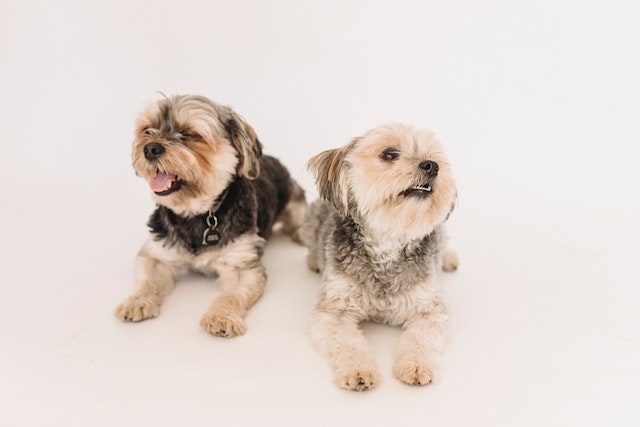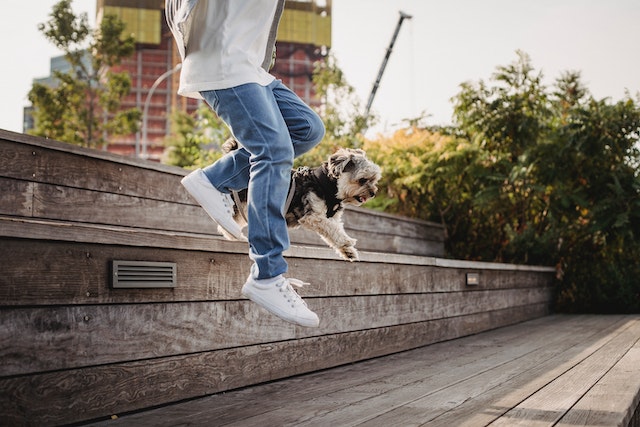Description:
One of the easiest dogs to train, the Yorkshire terrier is often used in animal-assisted therapy. The affectionate disposition of the terrier is what makes it so effective in therapy. The Yorkshire terrier thrives on closeness with his family and is known to be an extremely devoted dog who cuddle in your lap at the drop of a hat. Like all terriers, this one too is a busybody and if not kept occupied will seek it out from themselves.
Even though the Yorkshire terrier has high energy levels, because of its small size, don’t tax the poor thing with a lot of exercise. Take them for long walks instead and if you have a yard, give them the freedom to frolic around there. You might want to keep the terrier on a leash when outdoors because they love to chase smaller animals and confront bigger dogs.
Training a Yorkie is easy to train as long as you don’t indulge in any rough handling. If you ever encounter any stubbornness on their part, use motivational techniques such as treats and toys to modify their behavior. Be sure to praise them when they get it right. Since they are eager to please, all you’ll have to do is have some patience. Yorkies are also weary of other animals; unless they’re accustomed to them since they were pups, they will either hunt them or engage in confrontations that turn ugly.
Not many know this, but along with excellent therapy dogs, they also make great watchdogs. They’re insanely protective of their family and will fearlessly guard the territory and bark relentlessly at any and every threat.

Since the Yorkie doesn’t like to be man-handled much, it adapts best around older children.
Care & Health:
- Major concerns: portacaval shunt, tracheal collapse, Leggs-Perthes
- Minor concerns: patellar luxation
- Occasionally seen: PRA
- Suggested tests: liver ultrasound, (knee), (eye)
- Average life span: 14 – 16 years
- Grooming: Even though Yorkshire terriers don’t shed much, their long fur requires being brushed on a daily basis to avoid tangles. Trim their fur every 6 weeks.
History:
Going by its name, the Yorkshire terrier is named after the city of York in England, where it’s said to have come from. The Yorkshire area of England is known for producing fine animals, and it is said that the Yorkie was no accident but rather the result of purposeful crosses between a variety of terriers, probably including the Waterside Terrier, Clydesdale Terrier, Paisley Terrier, rough-coated English Black and Tan Terrier, and perhaps even the Skye Terrier, Dandie Dinmont Terrier, and Maltese.
Being a common pet among the working class, many-an-aristocrats looked down upon the Yorkie, but not for long. It was only time before there house pets of the most wealthy in England. By 1880, Yorkies had come to America, but the breed varied so much in size that there was great confusion concerning how big a Yorkshire Terrier should be.
By the 1900s, both sides of the Atlantic decided that the small size was preferable and ergo, the Yorkie we know today was bred. Not only were they were successful, but the modern Yorkshire Terrier is one of the smaller and most luxuriously coated dogs in existence.
The AKC admitted the terrier under the name of the Yorkshire Terrier in 1885 and after a slight dip in its popularity in the 1940s, it has since then been the world’s most popular terrier breed. In 2007, they ranked 2nd out of 157 breeds.
